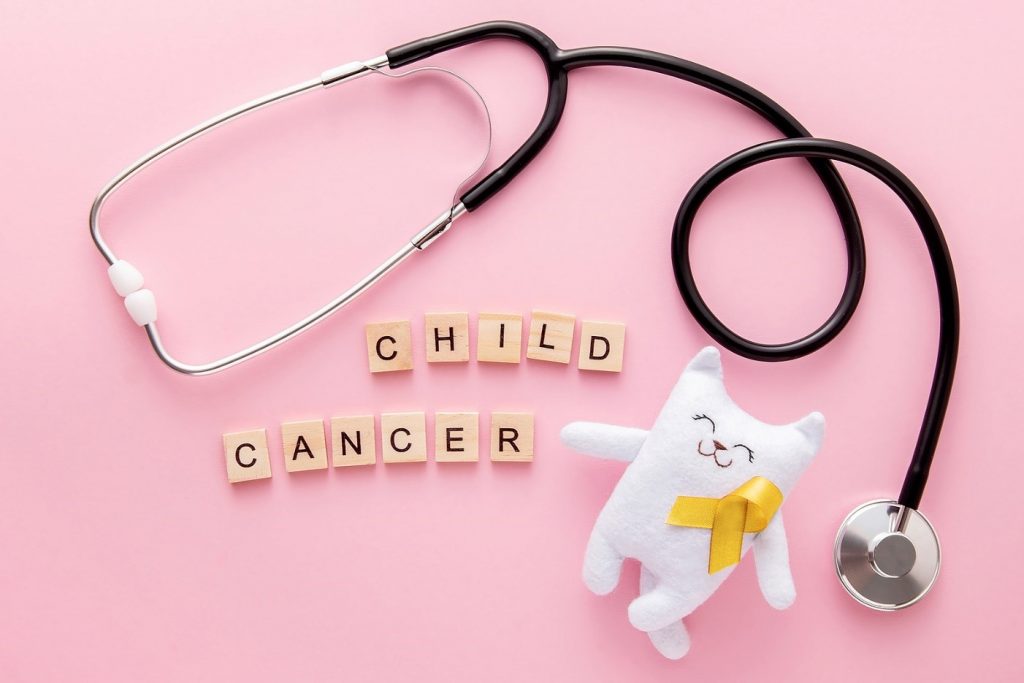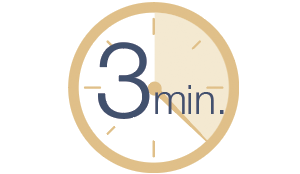
Parents feel a whole range of emotions on hearing that their child has pediatric cancer. Every member of the family is shocked and overwhelmed following a child’s cancer diagnosis. As tough as it may be, remember, your child needs maximum strength and support from their parents and the community.
Childhood cancer is uncommon but not rare anymore. One in 285 children in the U.S. aged under 20 will be diagnosed with cancer each year. These cancers are the leading cause of death from the disease in children and adolescents. However, the advances in treatment and care have led to a decline in pediatric cancer death rates by nearly 70 percent over the past four decades. (AACR, 2021)
September is Childhood Cancer Awareness Month and is symbolized worldwide by a gold ribbon. It’s when we remember every child’s life lost fighting the disease and bring awareness about the advances in childhood cancer treatment and care. In this advocacy, the mission is to achieve a stage when every child diagnosed with cancer can find appropriate treatment and live a healthy life.
What is Childhood or Pediatric Cancer?
Cells in the human body are a billion small units that control different functions in our bodies. Every cell has a system that controls how it grows. In some cases, these cells lose control, develop unusual sizes, and overgrow that the body cannot take. These cell abnormalities lead to what we know as cancer.
If not diagnosed in time, the cancer cells can grow fast and start affecting children’s organs and bones, making it difficult for the body to fight off other illnesses.
The most common cancers in children are brain cancer, neuroblastoma, acute lymphocytic leukemia (ALL), and other central nervous systems (CNS) tumors.
(Powell, 2019)

Risk Factors and Causes of Childhood Cancer
The significant causes of childhood cancer are still unknown. In recent years, medical professionals and scientists have started analyzing how specific changes in the DNA in human cells can lead to becoming cancer cells in children’s bodies. DNA is the chemical that makes up our genes and controls almost everything our cells do.
A genetic condition, such as Down syndrome, is likely to increase the risk of cancer. In extreme cases, children undergoing chemotherapy or radiation treatment for cancer can be at a higher risk of getting cancer again.
A few environmental factors such as radiation exposure put children at risk of cancer. So far, they are not the cause of most childhood cancers. Some studies even suggest that exposure to smoking (if parents do) might increase children’s risk of certain cancers.
(ACS Editorial Team, 2019)
Seek Support and Spread Awareness
Getting the best treatment and care to help their children live a healthy life is every parent’s end goal. It’s hard to wait and see if the treatment will work or not. Some children might even think it’s their fault and feel guilty. We can help by not letting the disease weigh heavy on their mental and physical health.
As with cancer treatment medical professionals, we also look to psychologists, and social workers for coping mechanisms, seeking as much education, support, and love from everyone involved in the process of diagnosis and treatment. Reaching out to known community cancer resources can also help a child or parents in need.
This September, for Childhood Cancer Awareness Month, you can use some ways to raise awareness and create a positive environment.
Talk About and Share the Correct Information
Your child could be scared and have many questions in mind – how did I get this disease? Will I get better? Can I lead an everyday life? Am I allowed to eat anything or go anywhere? And so many more questions. The children who are diagnosed with cancer depend on their parents for accurate and truthful information.
Speak to the doctors on the best approach and information to be given to the children. It’s critical to have honest and open communication. It makes it easier for you to ask questions, discuss options, and feel confident that your child is getting the proper treatment.
Learn More About the Gold Ribbon
In 1997, gold was selected as the official color for childhood cancer awareness. The gold color stands for multiple diseases related to childhood cancer.
The American Childhood Cancer Organization motto “Go Gold®” was adopted as an ACCO program in 2010 to describe multiple opportunities for children, families, corporations, and schools to help spread awareness about the disease.
Turn to Social Media to Show Support
Almost everyone uses social media. You can change your display picture to a gold ribbon or a related image to bring attention and encourage discussions about the disease. Other ways could be to share childhood cancer facts, inspirational and survival stories, news, or the latest research updates.
We’ll be sharing more as we journey through Childhood Cancer Awareness Month with you.
Works Cited
AACR, A. A. for C. R. (2021, April 5). September is Childhood Cancer Awareness Month: The AACR. American Association for Cancer Research (AACR). https://www.aacr.org/patients-caregivers/awareness-months/childhood-cancer-awareness-month/.
Powell, J. L. (Ed.). (2019, September). Childhood Cancer (for Parents) – Nemours KidsHealth. KidsHealth. https://kidshealth.org/en/parents/cancer.html.
ACS Editorial Team, A. C. S. (2019, October 14). Risk Factors and Causes of Childhood Cancer. American Cancer Society. https://www.cancer.org/cancer/cancer-in-children/risk-factors-and-causes.html.

